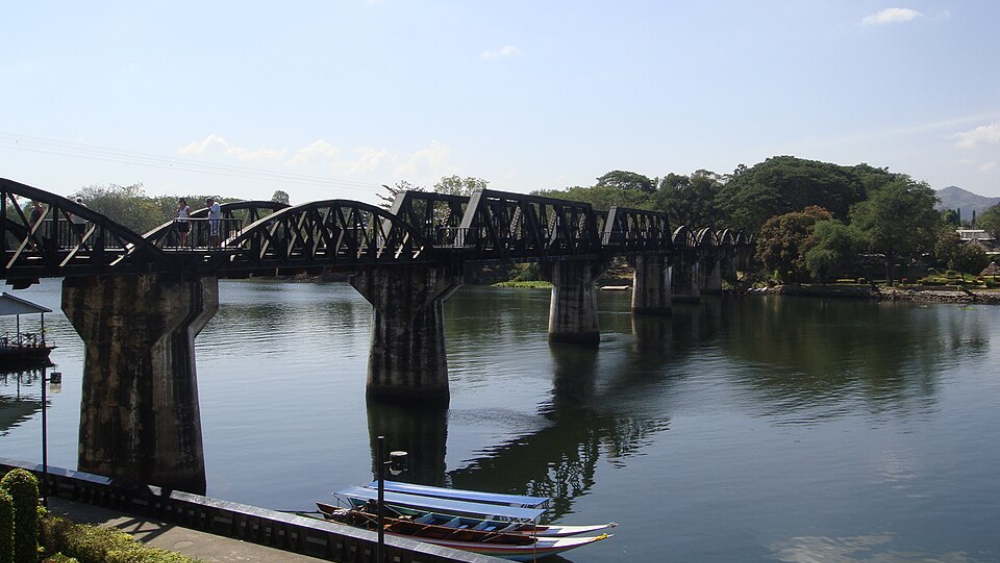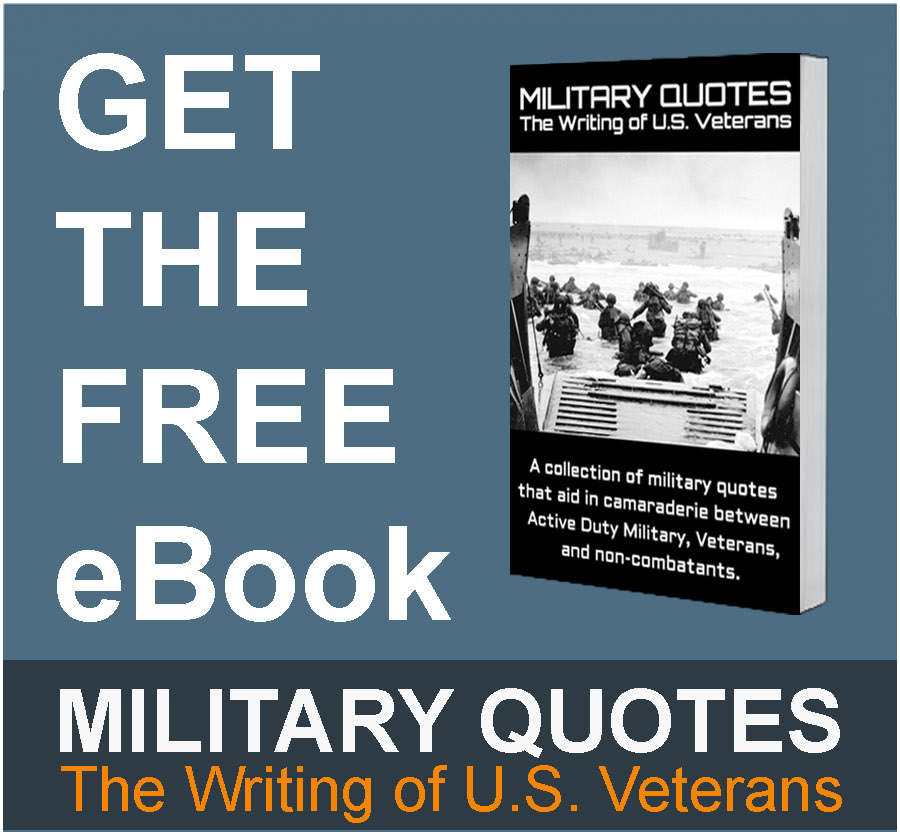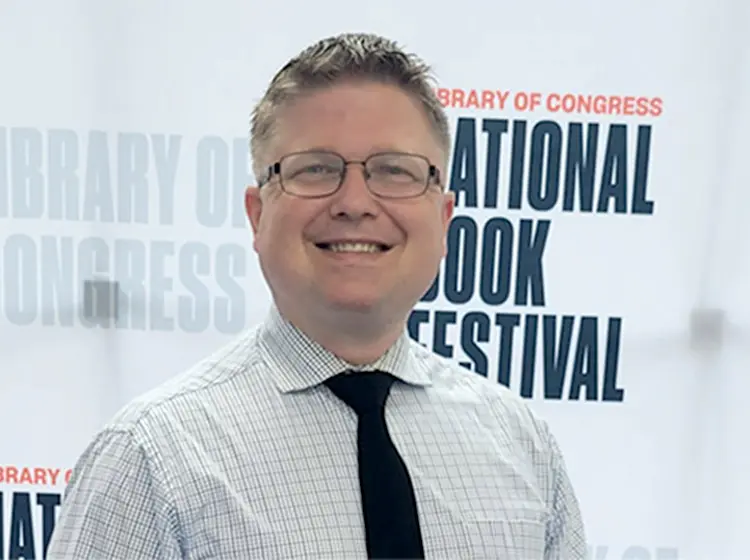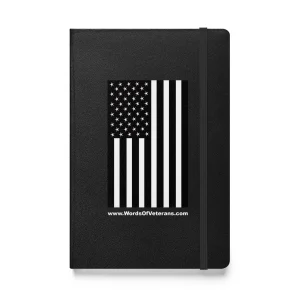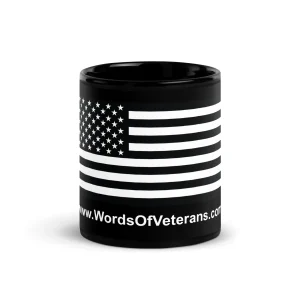In the quiet province of Kanchanaburi, Thailand, nestled between emerald hills and the slow-flowing River Khwae Noi, stands one of the most haunting and powerful relics of the Second World War: the Bridge on the River Kwai. Though many know it through the lens of David Lean’s iconic 1957 film, the true story of the bridge—and the suffering endured to build it—resonates far beyond the screen, especially in the hearts of those who understand the weight of war firsthand.
For many U.S. war Veterans, this bridge is not just a cinematic symbol but a painful reminder of the brutalities of captivity, the resilience of Allied prisoners of war (POWs), and the moral ambiguities of wartime engineering under duress.
The Real Bridge Behind the Film
Though widely referred to as the “Bridge on the River Kwai,” the actual bridge was built across the Khwae Noi River as part of the Burma Railway, a Japanese military project during WWII aimed at connecting Bangkok, Thailand, to Rangoon (now Yangon), Burma (now Myanmar).
The construction began in 1942 under the supervision of the Japanese Imperial Army. Their goal: build a 415-kilometer supply route through inhospitable jungle terrain. It was an ambitious and brutal endeavor—one that would cost the lives of over 12,000 Allied POWs and tens of thousands of Asian forced laborers.
The bridge, one of more than 600 along the railway, became a focal point not only for Japanese logistics but later, for Allied bombing campaigns. It was rebuilt, destroyed, and ultimately restored—but its legacy was forever etched in human suffering and endurance.
POWs and the Death Railway
The bridge formed just one part of what later became known as the “Death Railway.” For those forced to work on it, the name was no exaggeration. Among the tens of thousands of POWs were British, Australian, Dutch, and American servicemen captured after the fall of Singapore and other Southeast Asian territories.
These men endured extreme heat, malnutrition, tropical disease, psychological torment, and physical abuse at the hands of Japanese overseers. What made the conditions uniquely cruel was the sheer intensity of the labor—cutting through dense jungle, laying tracks by hand, and constructing bridges with early tools—all under the constant threat of beatings or worse.
For U.S. Veterans, the story of those who worked on the Burma Railway underlines the broader narrative of courage in captivity. Many were captured in the Pacific theater and shipped under horrific conditions to forced labor camps scattered across Asia.
Fact vs. Fiction: The 1957 Film
David Lean’s film The Bridge on the River Kwai introduced this tragic chapter of WWII to a global audience. Starring Alec Guinness and William Holden, the film presents a fictionalized version of events, blending real-world inspiration with dramatic narrative.
The character of Colonel Nicholson, played by Guinness, has drawn both praise and criticism. While the film explores themes of honor, duty, and defiance, it omits many of the harsh realities endured by the actual POWs. For instance, Nicholson is shown cooperating with the Japanese in completing the bridge. This dramatic twist helped the movie win seven Academy Awards. However, it strays from historical truth.
In reality, POWs did not willingly help their captors build a better bridge. They engaged in acts of sabotage, delayed progress whenever possible, and fought not for pride in workmanship but for survival. The psychological warfare was as intense as the physical labor, and cooperation was never a moral luxury.
To war Veterans, the difference is clear. The film may be a classic, but the real story is one of brutal endurance, sacrifice, and brotherhood forged under unimaginable pressure.
The Strategic Importance and Destruction of the Bridge
From a military standpoint, the bridge and the railway held immense strategic value for Japan. By connecting two key occupied territories, they could streamline supply chains, troop movements, and communication lines during their expansion across Southeast Asia.
As Allied forces advanced, the bridge became a primary target for bombing raids. Between 1944 and 1945, it was attacked multiple times by the Royal Air Force and U.S. Army Air Forces, eventually rendering it unusable. Parts of the original bridge were destroyed, although some sections were later repaired and remain standing today.
These bombing campaigns, while necessary from a military perspective, tragically also took the lives of Allied POWs forced to work near or on the bridge itself.
The Bridge Today: A Place of Reflection
Today, the Bridge on the River Kwai is not just a historical site; it’s a place of pilgrimage for Veterans, historians, and travelers alike. The once-military structure is now a memorial to peace, a stark reminder of the costs of war.
Nearby, the Kanchanaburi War Cemetery houses the graves of nearly 7,000 Allied prisoners. Adjacent museums, including the JEATH War Museum and the Thailand-Burma Railway Centre, offer visitors detailed, often chilling insights into the lives of POWs during the bridge’s construction.
Veterans visiting the site often speak of a complex mixture of sorrow, pride, and healing. The bridge not only attracts tourists but also paints the memory of lost comrades on its canvas.
American Veterans and Their Legacy
Though often overshadowed in narratives dominated by British and Australian voices, American POWs played a significant role in the construction of the Burma Railway. Many were members of the Battling Bastards of Bataan. They survived the Bataan Death March only to transfer to forced labor in Thailand and Burma.
Their stories, preserved through interviews, memoirs, and oral histories, remind us that the sacrifices of American servicemen extended far beyond the Pacific islands and European fronts. The bridge stands as a transnational symbol of suffering and solidarity.
Today, Veteran groups in the U.S. work tirelessly to educate younger generations about the true history of the Bridge on the River Kwai. Military historians also play a key role in these efforts. Together, they prevent the story from fading into mere cinematic fiction. Instead, they keep it firmly rooted in the lived experiences of the men who served and suffered.
Memory and Meaning
For many, the Bridge on the River Kwai is an artifact of the past. For war Veterans—especially those who understand the meaning of sacrifice—it is a living testament. The story follows men left with nothing but their dignity. They did not face enemies on a battlefield but battled despair, disease, and death.
In honoring their memory, we also recognize the enduring strength of the human spirit. Walk across the restored bridge in Kanchanaburi, or watch the old film with a more critical eye. Either way, you’re stepping into a deeper story—one that calls not just for reflection, but for remembrance.

